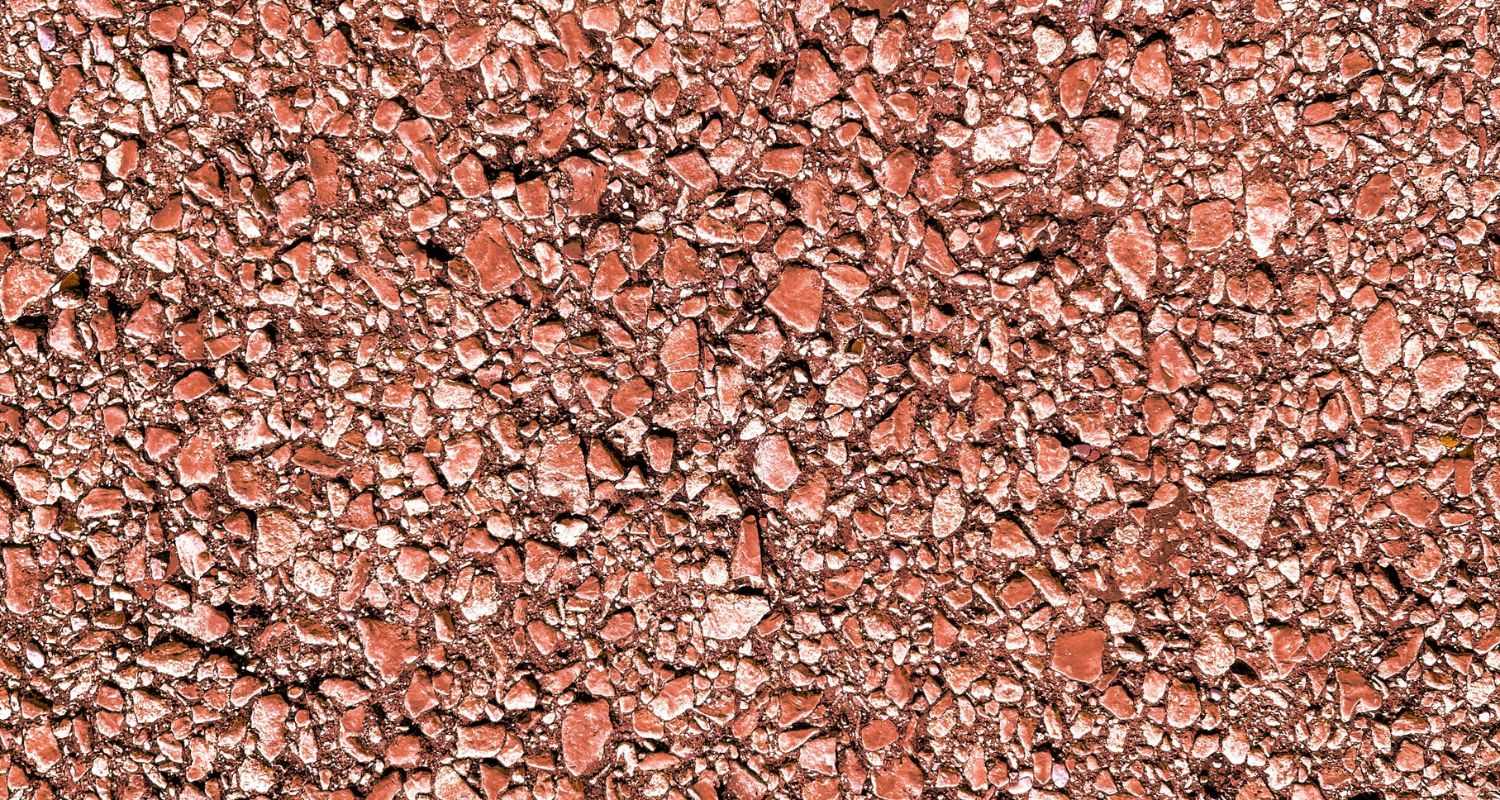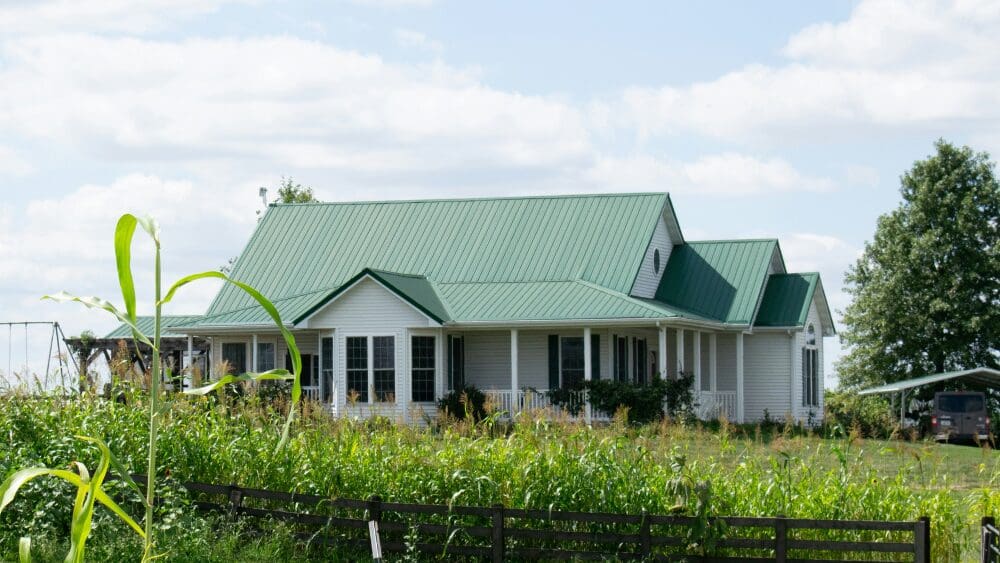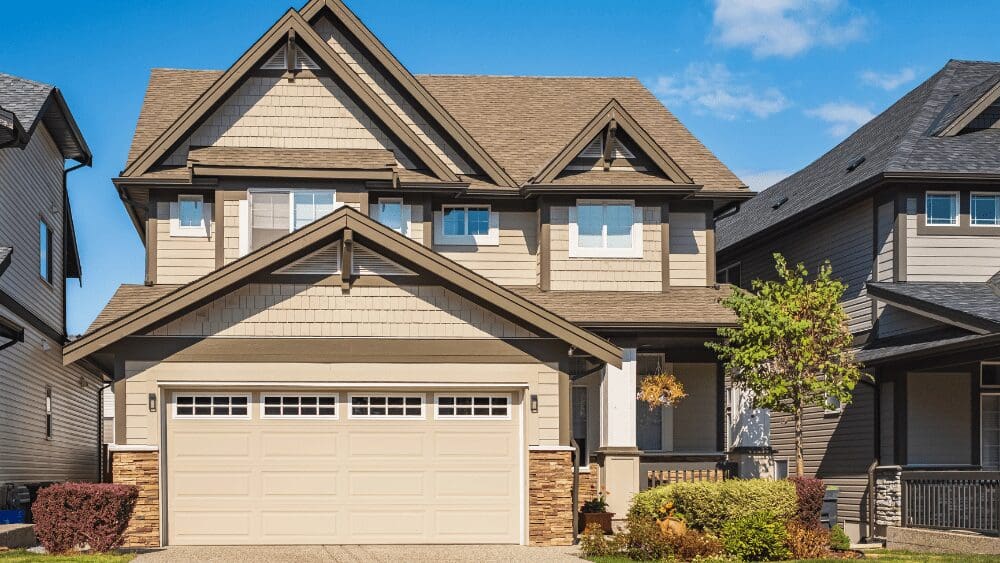
You feel caught between a rock and hard place because you’re selling your home and want to make the right landscaping decisions that fit your budget and desire to attract buyers. If you’re considering using rocks or brick chips for your yard, our experts can make it easier with all the information you’ll need for attracting buyers with your new curb appeal. We’ve gathered insider tips from top-performing real estate agent Doug Gardiner from Frederick, Maryland, who works with 81% more single-family homes than the average area agent. We also consulted with Kevin Lenhart, who is the design director at Yardzen and holds a Master of Landscape Architecture degree from UC Berkeley’s College of Environmental Design.
First, you need to determine if your curb appeal has to be improved and if it’s worth the investment to do it. If your yard stands out because it looks like an overgrown jungle, then you’ll definitely need to do some work. However, if it already looks well maintained and presentable, then buyers will feel welcomed and want to see more. “If it’s in their budget, I would always recommend that [sellers] create something that shows the least amount of maintenance that needs to be maintained by someone buying the home,” says Gardiner. Homebuyers typically don’t want to see multiple garden beds and weeds that represent a lot of work, so Gardiner will recommend some hardscape if it’s within the seller’s budget. One type of hardscaping that can be effective in your landscaping is brick chips that allow for a way to highlight your garden when used in the right balance. “Landscapes tend to look best when they make sense not only within their neighborhood context but within their regional native landscape context,” says Lenhart. The right landscaping can significantly increase perceived home value, resulting in a higher selling price than homes with minimal landscaping. According to a HomeLight survey of top real estate agents across the country, 75% say that well-landscaped homes are worth from 1% to 10% more than homes with no landscaping. No matter the condition of your landscaping, if you want to get an idea of your current home’s value, you can use HomeLight’s Home Value Estimator. It only takes a few moments to answer a few questions about your home to get a ballpark estimation of its value. Brick chips are made from bricks that have been broken into smaller pieces and are generally between 3/16 inch and 1 1/2 inch in diameter. They typically have a bold red color that can draw attention as opposed to the neutral tones of other rocks that are used in landscaping and come in a variety of sizes. In areas where landscapes have lots of red colors, or brick buildings are prominent there, the use of brick chips can have a feeling of home which can look appropriate and attractive according to Lenhart. Many people will use brick chips instead of mulch because it tends to last longer. “Over the course of time, if you break it down, it’s probably a lot less to do it that route than it would be to constantly bring mulch in, because on average, people do it every year or every other year,” says Gardiner. Gardiner explains the reason people purchase mulch on a regular basis is to keep things fresh-looking in their neighborhood, as opposed to brick chips that may cost more initially but are easier to maintain. Because of its striking red color, it’s also usually best to use brick chips in moderation as they can overpower an area — such as using it for a driveway, which Lenhart doesn’t generally recommend as it’s a big visual area of the yard. “You want a landscape to feel like a cohesive whole. And when you put material in there that’s calling lots of attention to itself, it’s hogging the spotlight, and not letting the rest of the landscape capture enough of a viewer’s attention,” says Lenhart. Brick chips typically absorb water quickly due to the porous nature of the material which means water usually flows easily into the soil, depending on the composition of the soil and its absorption rate. However, brick chips, or any kind of rock mulch, will typically do “passive heating” where the sunlight is absorbed by the rocks during the day and reradiates that heat at night, warming up the soil. According to Lenhart, this can make some plants use water less efficiently, and they’ll typically need more water. “If you’re using brick chips or any other rock mulch in a full sun planting area, you want to make sure you are planting species that can handle some heat and that are going to be comfortable in a low water environment,” says Lenhart. Brick chips are usually sold by the cubic yard and the amount you’ll need for good coverage is typically about a 3-inch depth on average, according to Lenhart. The best way to calculate how much material you’ll need is to measure the square footage of your area and use a brick chip or gravel calculator for an estimation. According to Lenhart, using a heavy-duty landscaping fabric under the brick chips will typically prevent weeds from poking through, unless there are holes in the material. The cost for landscaping fabric varies, ranging from 45 cents per square foot to 80 cents per square foot, depending on thickness and the brand you choose. In addition to plant beds, brick chips can also be used for paths and other design features that help to add a splash of color without a lot of maintenance. According to Gardiner, many people who have secondary beach homes really appreciate the lower maintenance of hardscape designs. In one case, he recommended hardscaping to a client who was selling their beach home and needed the yard improved, since most people who buy secondary homes don’t typically want to do yard work while on vacation. “It went from being totally average, to now it pops, so yes, that’s a high recommendation in areas where you don’t want to do any kind of work,” says Gardiner. Usually sold by the cubic yard, brick chips will cost on average between $90 to $180, according to Lenhart. A cubic yard of brick chips can cover a 9-by-12-foot area at three inches deep. Whereas, according to HomeAdvisor, the average cost of mulch is between $100 and $300 for a 500-square-foot area. Depending on where you live, Lenhart says, brick chips can be less expensive when you live closer to the source, as transporting them will usually increase the cost. According to Lenhart, having rocks or brick chips around your house shouldn’t cause any problems. But research has shown that having mulch, which is an organic material, right up against your foundation could invite termites, mold, or water damage because of its tendency to retain moisture. Most people who want to use mulch will typically create a 6- to 12-inch barrier around their house with rocks, and then add their mulch and plantings on the other side of the rocks to protect the foundation. Lenhart says since the brick chips stand out, it’s best to use more plants and have the brick chips be more of an accent versus the main focus. “On the color wheel, red and green are complementary colors so the red does pair well with green foliage,” says Lenhart. “For that reason, it’s nice to pick plants that are fairly green and plant them heavily in a bed that is surfaced with brick chips as a mulch.” Because the red is such a strong color, according to Lenhart, it can be difficult to find flowers that go with brick chips, such as cardinal red or lavender. Besides brick chips, there are other rock options you can use in your landscaping. According to HomeAdvisor, the typical cost to purchase delivered rocks, stones, gravel, and riprap is $15 to $100 per ton, or about $20 to $120 per cubic yard, on average. If you’re not sure where to start with your rock designs, consider the following ideas to help give your landscaping and curb appeal some visual interest: Less is more so it doesn’t overwhelm: Red is a powerful color and it’s best to make sure it doesn’t dominate your yard and hog the spotlight of your other landscaping designs. Incorporate your neighborhood and region: If your landscaping looks out of place because it’s not incorporating the neighborhood or region, it may be too unique for buyers. Think about the impact on plants for heat transfer: Be aware of the types of plants you use and the amount of sunlight they’ll get, as rocks could warm up the soil and affect their water usage. Easy maintenance and suppressing weeds: Remember that a 3-inch layer of rocks is the recommended amount for coverage and a heavy-duty landscaping fabric will help keep weeds out. To get the most out of your home sale, partner with a top-performing local real estate agent who knows all about the best ways to give your curb that extra appeal. HomeLight’s free Agent Match platform analyzes over 27 million transactions and thousands of reviews to determine which agent is best for you based on your needs.Should you landscape before selling your home?
What are brick chips in landscaping?
What to know when using brick chips for landscaping
Are brick chips good for drainage?
What amount of brick chips do I need?
Do I need fabric under the brick chips to control weeds?
Are there other uses for brick chips?
How do brick chips compare in cost to other landscaping materials?
Is it better to have brick chips, mulch, or other rocks around my house?
What color choices typically work the best with brick chips?
7 other rock options for curb appeal landscaping
Curb appeal tips using brick chips or other landscaping rocks
The bottom line on brick chips for landscaping



